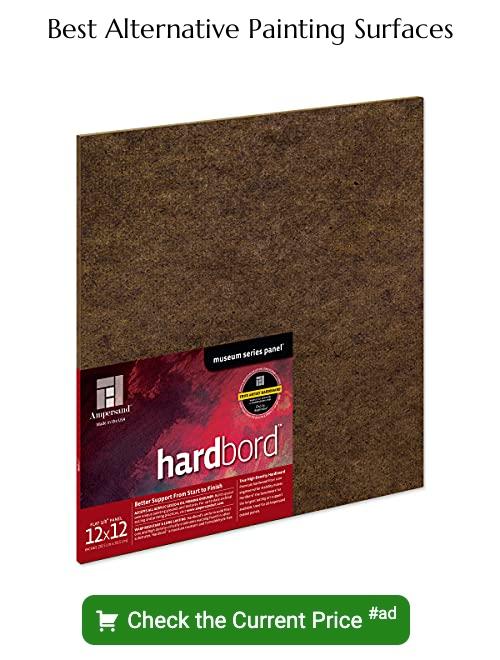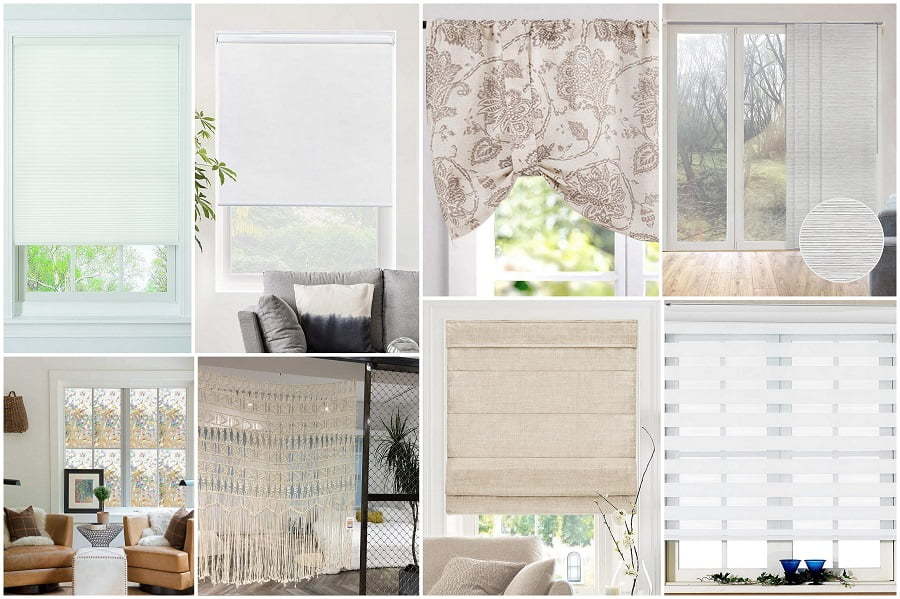Last updated on
Discover a world of creativity as we explore diverse canvas alternatives for unleashing your artistic prowess in painting.
Are you tired of the same old canvas paintings hanging on your walls? Do you want to switch things up but don’t want to break the bank? Well, look no further! In this article, we will explore some alternative surfaces that you can use for painting. Not only are these options budget-friendly, but they also add a unique touch to your home decor.
So, get ready to unleash your creativity and let’s dive into some exciting alternatives for canvas painting!
Canvas Alternatives Overview
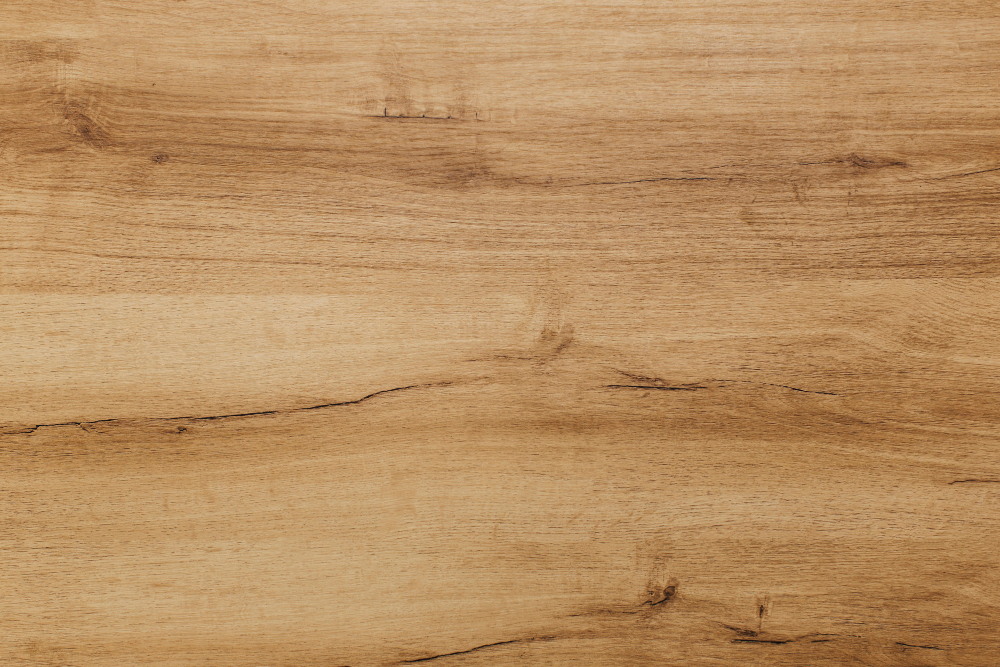
There are many other options available that can add a unique touch to your artwork. In this section, we will provide an overview of some of the most popular alternatives to traditional canvas.
Wooden panels and boards are one option that has been used by artists for centuries. Hardwood panels such as oak or birch offer a sturdy surface with minimal warping over time while masonite and hardboard provide a smooth finish at an affordable price point.
Paper surfaces like watercolor paper also make great alternatives for painting with watercolors or gouache paints due to their absorbent nature which allows colors blend seamlessly together.
Textile options such as linen and jute have become increasingly popular in recent years because they offer texture not found on traditional canvases while metal surfaces like aluminum sheets give paintings an industrial feel perfect for modern decor styles.
Glass painting surfaces allow you create stunning stained glass effects without having any prior experience working with glass materials whereas acrylic panels let you paint directly onto transparent plastic sheets creating vibrant artworks suitable for display in brightly lit areas. There is no shortage of alternative materials available when it comes to creating art beyond just using conventional canvases.
Wooden Panels and Boards
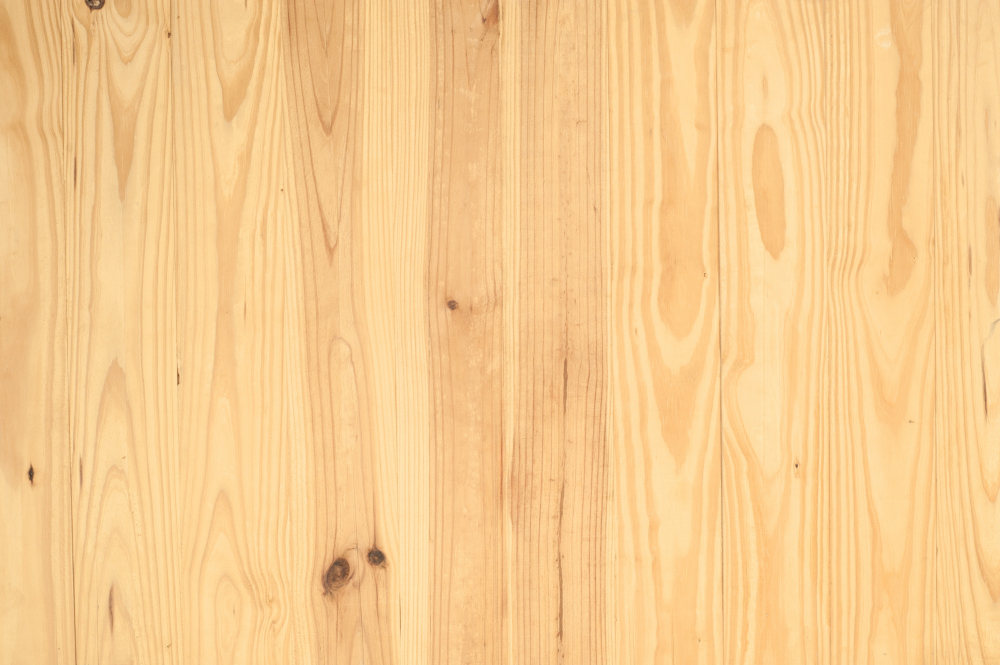
They offer a sturdy surface that can withstand the test of time, making them ideal for artists who want their work to last. These surfaces come in various sizes and shapes, allowing you to choose one that suits your needs.
Hardwood panels are an excellent option for those looking for durability. They are made from high-quality wood such as birch or maple, which makes them resistant to warping or cracking over time.
Masonite and hardboard options provide a smooth surface with no visible grain lines, perfect if you’re going for a more polished look.
Medium-density fibreboard (MDF) is another wooden panel option worth considering; it’s affordable yet durable enough not to warp easily like other cheaper woods might do over time.
When working on wooden surfaces, it’s essential first to prime the board before applying paint layers; this helps prevent any absorption of moisture into the wood fibers while also providing better adhesion between paint layers.
Hardwood Panels
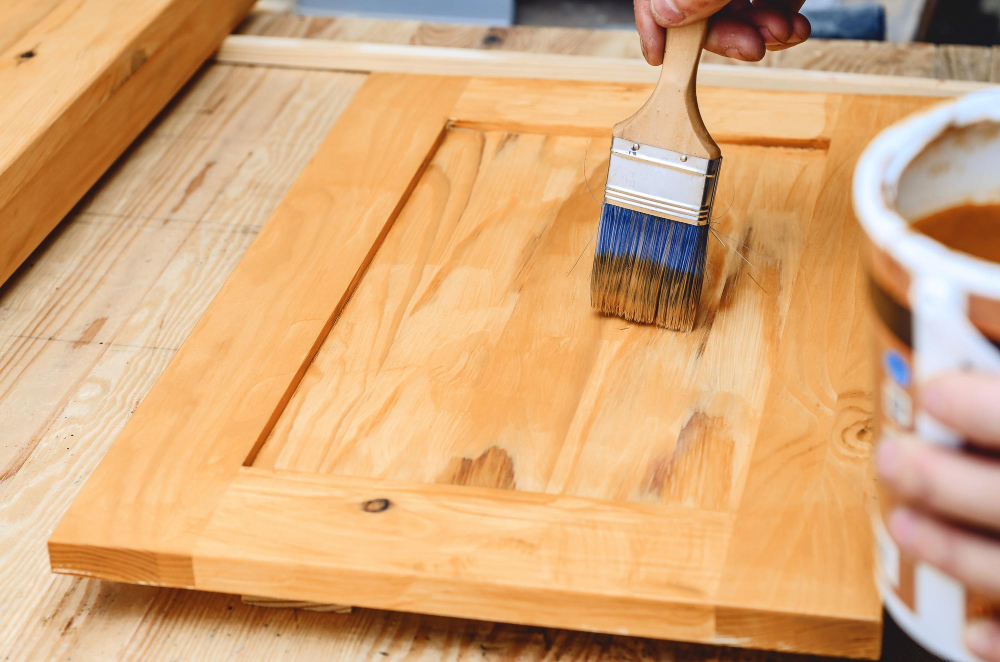
They provide a sturdy and durable surface that can withstand the test of time. Hardwood panels come in various sizes, shapes, and thicknesses, making them versatile for different types of paintings.
One advantage of using hardwood panels is their smooth surface texture that allows paint to glide on effortlessly. The wood grain also adds an interesting visual element to your artwork.
When working with hardwood panels, it’s essential to prepare the surface properly before painting. Sanding down any rough spots or imperfections will ensure an even application of paint and prevent any unwanted bumps or ridges from showing up in your finished piece.
Masonite and Hardboard

Masonite is a type of hardboard made from wood fibers that have been compressed under high pressure, while hardboard is made by compressing wood fibers with resin.
Both materials provide a smooth surface for painting and are relatively inexpensive compared to traditional canvases. They also come in various sizes, making them suitable for different types of artwork.
One advantage of using masonite or hardboard as your painting surface is their durability. Unlike canvas, they do not easily tear or puncture, which makes them ideal for artists who like to work with heavy brushstrokes or palette knives.
However, it’s important to note that these materials can be quite heavy and may require additional support when hanging on the wall. They should be primed before use so that the paint adheres properly and doesn’t soak into the material.
Medium-Density Fibreboard (MDF)
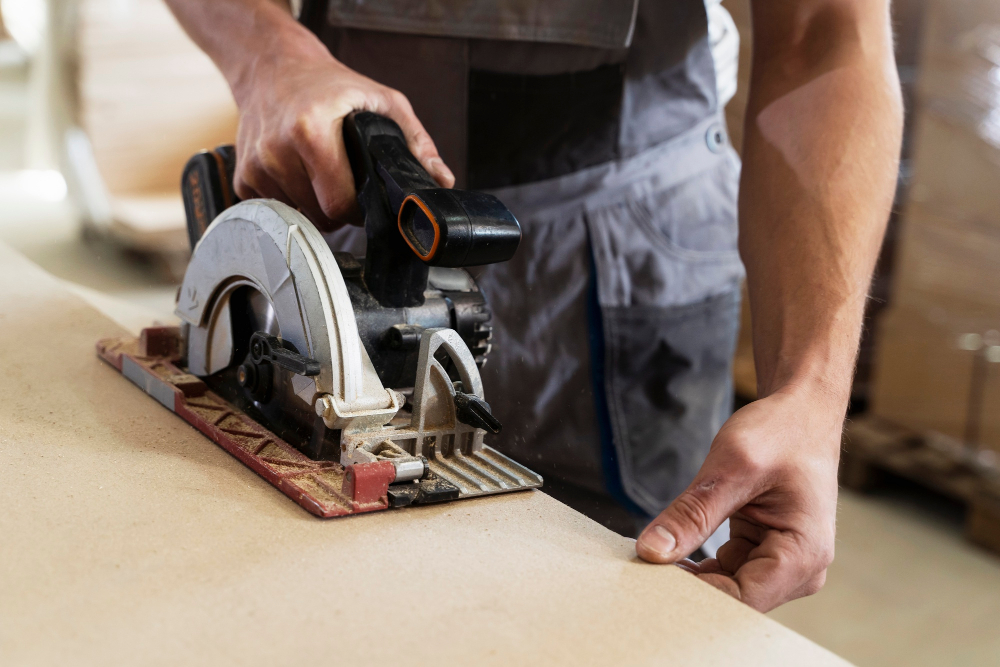
It’s made from wood fibers and resin, which are compressed under high pressure to create a smooth, flat surface that’s perfect for painting. MDF is an affordable option that can be found at most hardware stores and comes in various sizes.
One of the benefits of using MDF as your painting surface is its durability. Unlike traditional canvas, it won’t stretch or warp over time, ensuring your artwork remains intact for years to come.
Because it has no grain pattern like wood panels do; you have more flexibility when creating detailed work.
When working with MDF boards ensure they are primed before use so the paint adheres well without soaking into the board too much.
Paper Surfaces for Painting
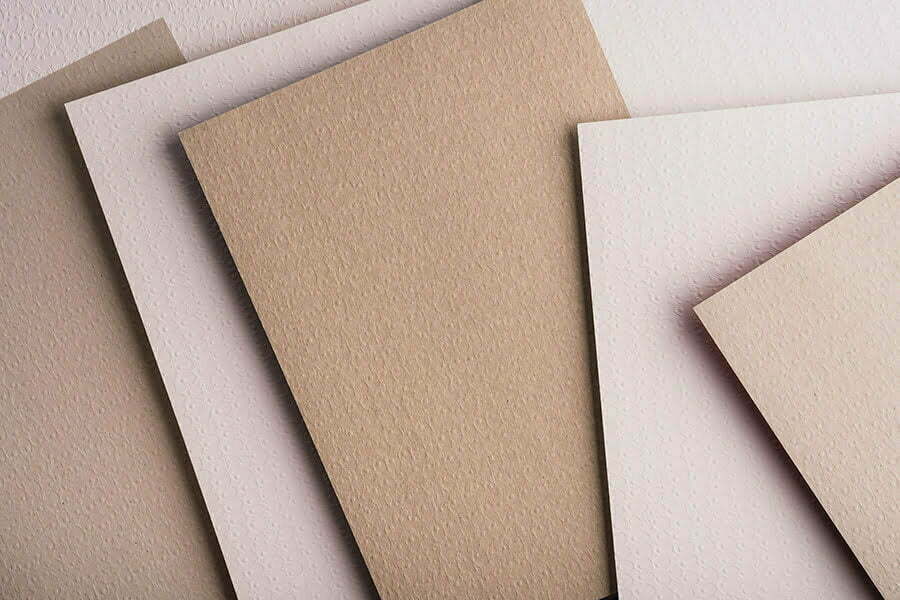
Watercolor paper is a popular choice among artists due to its absorbent nature and ability to hold water-based paints without warping or bleeding. It comes in various weights and textures, allowing you to experiment with different techniques.
Another type of paper surface that’s gaining popularity is Yupo synthetic paper. Made from polypropylene resin, it’s waterproof and tear-resistant, making it ideal for fluid painting techniques like pouring or dripping.
For those who prefer working with acrylics or oils on paper surfaces, there are options like Bristol board or illustration board that have been treated with gesso primer. These papers provide a smooth surface similar to canvas but at a fraction of the cost.
When using any type of paper as your painting surface, it’s essential first to prepare the material by stretching it onto boards or taping down the edges before applying paint. This will prevent buckling and ensure longevity in your artwork.
Watercolor Paper
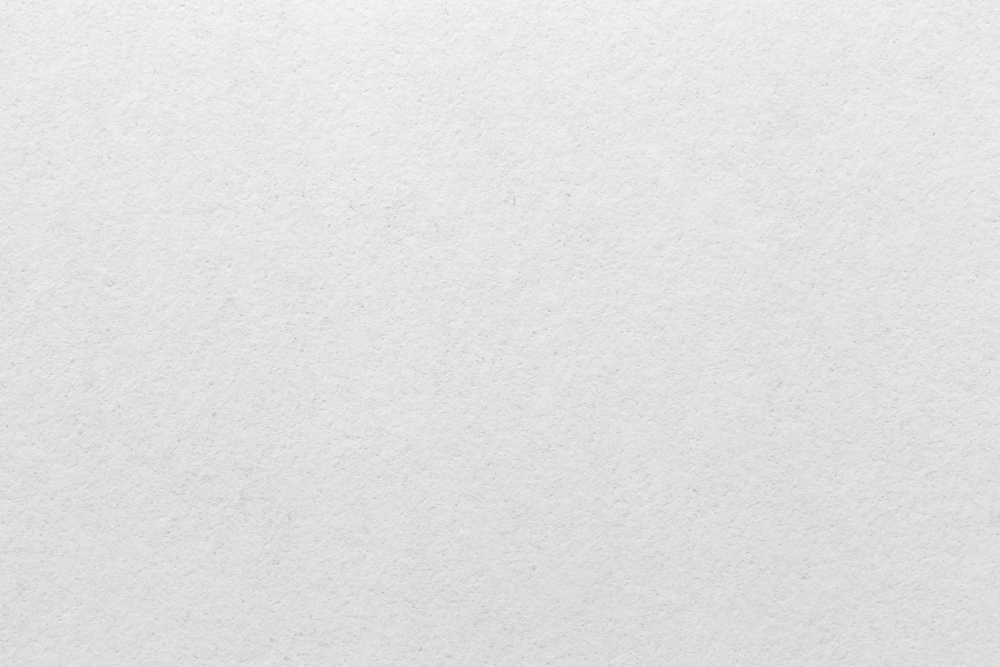
It comes in various weights and textures, making it versatile for different types of artwork. The paper’s absorbent surface allows watercolors to blend beautifully, creating stunning effects that are difficult to achieve on canvas.
When using watercolor paper as an alternative surface, it’s essential to choose the right weight and texture based on your desired outcome. For instance, if you want a smooth finish with minimal texture or graininess in your work, go for hot-pressed watercolor paper.
On the other hand, if you prefer more textured surfaces that add depth and character to your paintings’ background or foreground elements like trees or rocks – cold-pressed papers will be ideal.
Textile Options: Linen and Jute
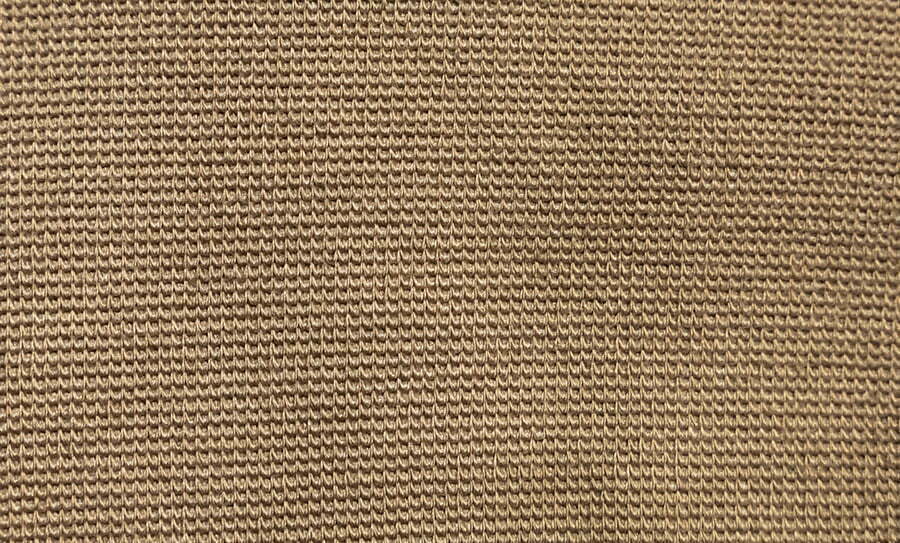
Linen is a popular choice among artists due to its durability, strength, and smooth texture. It is also known for its ability to hold paint well without absorbing it too quickly.
Jute, on the other hand, has a rougher texture compared to linen but still provides an interesting surface for painting. It’s also more affordable than linen which makes it ideal if you’re working with a tight budget.
Both materials come in different weights or thread counts which affect their absorbency levels and overall quality of the finished artwork. A higher thread count means finer threads were used resulting in smoother surfaces while lower counts have coarser textures.
When using these textiles as your painting surface, make sure they are stretched tightly over wooden frames or boards before applying any paint or medium onto them. This will prevent warping during drying time and ensure longevity of your artwork.
Metal Surfaces for Art
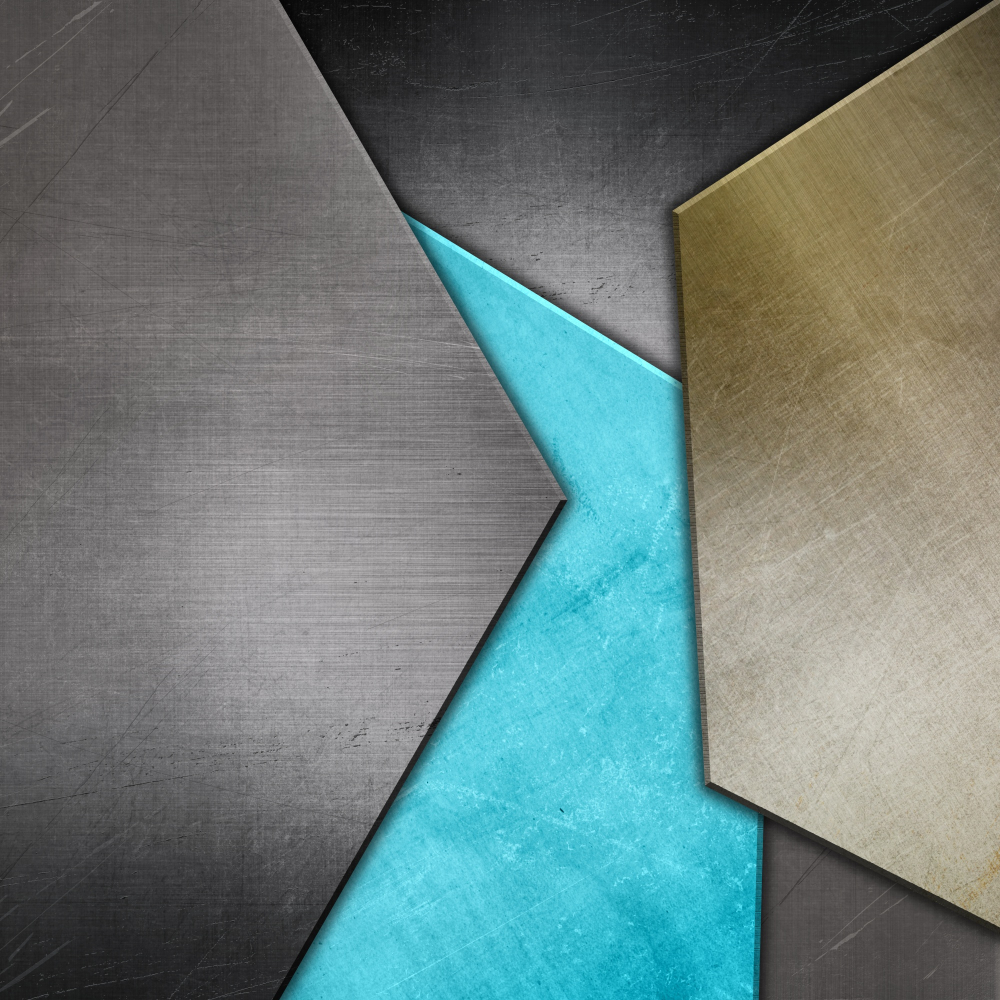
They offer a unique texture and shine that can add depth and dimension to your artwork. Aluminum, copper, brass, and steel are some of the most popular metal surfaces used by artists.
Aluminum is lightweight yet durable, making it an excellent choice for large-scale paintings. It’s also resistant to rusting or corrosion which makes it ideal for outdoor art installations.
Copper has been used as a painting surface since ancient times due to its warm reddish-brown color that adds warmth and richness to any artwork created on it.
Brass offers an elegant golden hue with subtle variations in tone depending on how you treat the surface before applying paint or other media.
Steel is another option worth considering if you’re looking for something sturdy enough that can withstand heavy use without denting easily while still providing ample space for creativity expression through brushstrokes or mixed media techniques like collage work!
Glass Painting Surfaces
It provides an excellent opportunity to create stunning artwork with a translucent effect. Glass surfaces are perfect for creating stained glass paintings, and they add an elegant touch to your home decor.
When using glass as a painting surface, it’s essential to use the right type of paint. Acrylic paints work well on glass surfaces because they dry quickly and adhere well without flaking or peeling off over time.
To prepare the surface, clean it thoroughly with rubbing alcohol or vinegar solution before applying any paint. This will help remove any dirt or oil from the surface and ensure that your paint adheres correctly.
One thing you should keep in mind when working with glass is that it’s fragile and can break easily if not handled carefully. So make sure you handle your painted piece gently after completion.
Acrylic Panels

They offer a smooth and glossy surface that is perfect for creating vibrant and colorful artwork. Acrylic panels come in various sizes, shapes, and thicknesses, making them versatile for different types of paintings.
One advantage of using acrylic panels is their durability. Unlike canvas or paper surfaces that can easily tear or fade over time, acrylic panels are resistant to scratches and fading from UV light exposure.
Another benefit of using acrylic panels is the ease with which they can be cleaned. You can simply wipe off any dirt or dust with a damp cloth without worrying about damaging the surface.
When working on an acrylic panel, it’s important to use high-quality paints specifically designed for this type of surface as regular paint may not adhere well enough. Also note that because these surfaces do not absorb paint like canvases do; you will need more layers than usual when painting on them.
Painting On Terracotta

Did you know that terracotta can also be an excellent surface for painting? Terracotta pots, vases, and figurines are readily available at craft stores or online retailers. They come in various shapes and sizes, making them perfect canvases for your artistic expression.
Before starting your project on terracotta surfaces, it’s essential to prepare the surface correctly. First off, clean the object thoroughly with soap and water to remove any dirt or debris from its surface.
Once dry, apply a coat of gesso primer using a brush or roller evenly.
When choosing paint colors for terracotta surfaces consider acrylic paints as they work best on this material due to their flexibility when dry; oil-based paints may crack over time because they do not have enough elasticity.
Once you’ve painted your design onto the prepared terra cota piece let it dry completely before applying varnish (if desired) which will protect against fading caused by exposure to sunlight over time.
Found Object Canvases
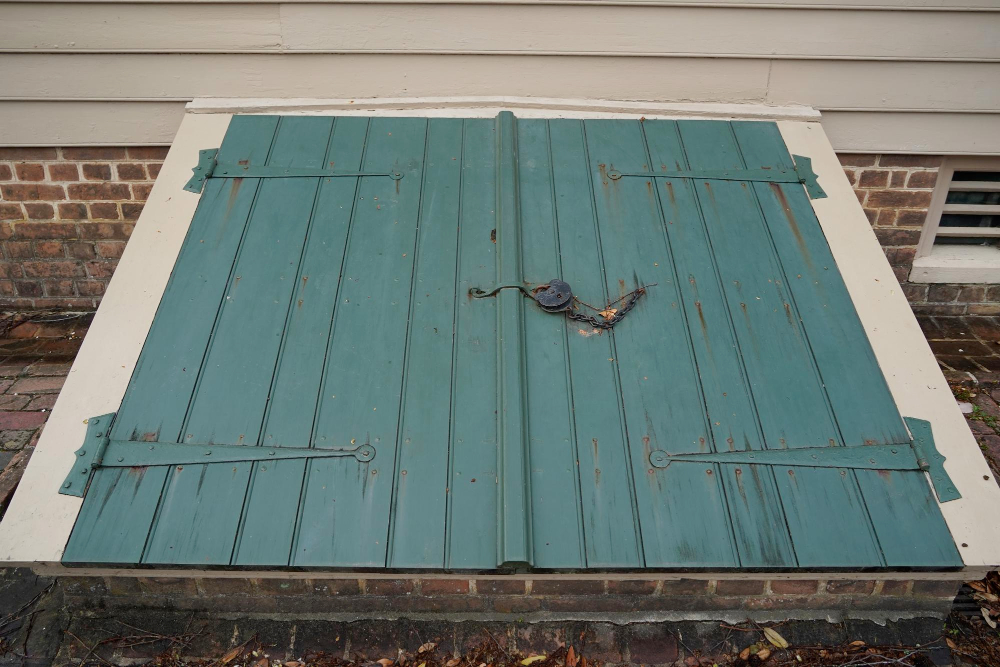
These unconventional surfaces can be anything from old doors, windows, or even vintage suitcases. The possibilities are endless! Not only do they add character to your artwork but also give new life to discarded items.
When using found objects as canvases, it’s important first to prepare them by cleaning and sanding any rough edges or surfaces. You may also need to apply a primer before painting on some materials like metal or plastic.
One of the benefits of using found objects is that they often come with their own texture and patterns that can enhance your artwork’s overall look. For example, an old wooden door could provide natural wood grain patterns while an antique suitcase could have interesting textures from years of use.
Thrift Shop Finds for Painting

From old picture frames to vintage trays, there are endless possibilities for creating one-of-a-kind paintings on unconventional surfaces. Not only is it an eco-friendly way to repurpose old items, but it’s also budget-friendly.
Next time you’re browsing through your local thrift store, keep an eye out for interesting pieces that could serve as a canvas alternative. A wooden tray with intricate details or a vintage mirror frame can make the perfect base for your next painting project.
Before starting any project on non-traditional surfaces like these thrift shop finds, ensure they have been cleaned and prepped appropriately before applying paint or other mediums.
Garage/Yard Sales As Painting Surfaces Goldmines
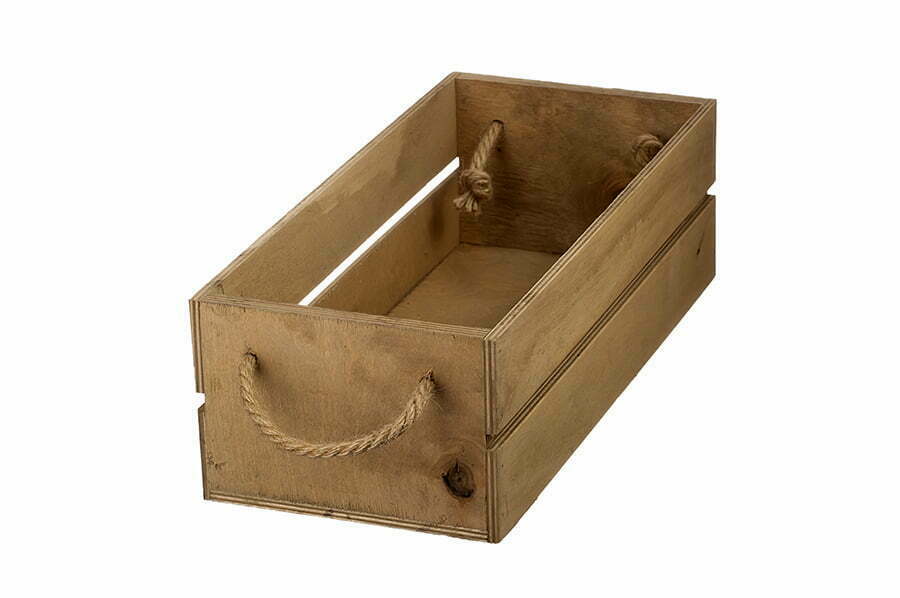
Garage sales and yard sales are a goldmine for discovering unique items that can serve as your canvas.
You never know what you might find at these events – old wooden crates, vintage trays, metal signs or even discarded furniture pieces. These items may not seem like traditional canvases but with a little bit of creativity and imagination, they can become the perfect surface for your next masterpiece.
The best part about using garage sale finds is that they’re often very affordable. You’ll save money on materials while also adding character to your home decor with one-of-a-kind art pieces.
Before purchasing any item from a garage sale or yard sale make sure it’s in good condition so you don’t end up wasting time working on something that won’t last long enough.
Preparing Non-Canvas Surfaces

Preparing the surface ensures that the paint adheres well and lasts longer. The preparation process varies depending on the type of material used.
For wooden panels and boards, sanding is crucial to create a smooth surface for painting. Use fine-grit sandpaper in circular motions until all rough spots are gone.
Watercolor paper requires stretching before use to prevent warping when wet with water-based paints. Soak the paper in water for a few minutes, then tape it down onto a flat board using masking tape or painter’s tape.
When working with metal surfaces such as aluminum or copper sheets, clean them thoroughly with soap and water first before applying an acid etch primer that will help paint adhere better.
Terracotta should be cleaned of any dirt or debris beforehand; if there are cracks present on its surface fill them up using putty filler then let dry completely before proceeding further.
Conservation and Longevity

It’s essential to consider the longevity of your artwork when using alternative surfaces for painting. Some materials may not hold up as well over time or may require special care and handling.
For example, if you’re using paper surfaces like watercolor paper or rice paper, make sure they are acid-free and archival quality. This will ensure that your paintings won’t yellow or deteriorate over time.
If you’re working with metal surfaces like aluminum panels or copper sheets, be aware that they can oxidize and tarnish if not properly sealed. Consider applying a protective coating such as varnish or wax to prevent this from happening.
It’s also important to prepare non-canvas surfaces correctly before painting on them by priming them with gesso first. This will help the paint adhere better and prevent any potential damage caused by acidic paints seeping into the surface material.
Working With Mixed Media
Combining different materials and techniques can add depth, texture, and interest to your artwork. For example, you could use a combination of watercolor paint on paper and then add some embroidery or stitching for an added dimension.
When working with mixed media on unconventional surfaces like wood or metal, it’s essential to consider how each material will interact with one another. Some materials may not adhere well together without proper preparation beforehand.
To ensure that your mixed media pieces last long-term, be sure to use archival-quality adhesives and sealants that are compatible across all mediums used in your piece.
Creative Techniques for Unconventional Surfaces

The beauty of using alternative surfaces is that they often come with unique textures and finishes that can add depth and interest to your artwork.
For example, if you’re painting on a wooden panel or board, consider incorporating the natural wood grain into your design. You could also experiment with layering different colors and textures for a mixed media effect.
If you’re working on paper surfaces like watercolor paper or even newspaper pages, try using different brush strokes or adding in other materials like ink or charcoal for added texture.
When working on metal surfaces such as copper sheets or aluminum panels, consider etching designs into the surface before applying paint. This technique creates an interesting contrast between the shiny metal surface and matte painted areas.
Famous Artists Using Canvas Alternatives

For instance, Vincent van Gogh painted on burlap sacks and cardboard boxes during his impoverished years in the late 1800s. He even painted a self-portrait on a piece of wood paneling from his studio door! Similarly, Jackson Pollock experimented with painting on masonite boards instead of traditional canvas to achieve different textures and effects.
Contemporary artist Anselm Kiefer is known for using lead sheets as canvases for his large-scale paintings. The weighty material adds an extra dimension to the work while also reflecting Kiefer’s interest in alchemy and transformation.
These examples show that there are endless possibilities when it comes to choosing your painting surface.
FAQ
What is a cheaper alternative to canvas?
A cheaper alternative to canvas is cardboard, which can be used for painting when treated with gesso and also serves as a great way to recycle.
What material can I use as a canvas?
You can use materials such as cotton, linen (flax), jute, and hemp as a canvas.
What can I use instead of canvas DIY?
Instead of canvas DIY, you can use hardwood panels made from materials like oak, birch, mahogany, and walnut as they are durable and resistant to warping, ensuring long-lasting art.
What surface is best for acrylic paint?
The best surface for acrylic paint is stretched cotton canvas, as it is commonly used by professional artists and does not absorb the acrylic paint like oils.
Are there any eco-friendly alternatives to traditional canvas?
Yes, there are eco-friendly alternatives to traditional canvas, such as organic cotton or hemp canvas.
How do different canvas alternatives affect the textures and appearance of paint?
Different canvas alternatives affect the textures and appearance of paint by providing varying levels of absorbency, texture, and durability, which influence how the paint adheres and interacts with the surface.
Can upcycled materials work as effective canvas substitutes for various painting styles?
Yes, upcycled materials can serve as effective canvas substitutes for various painting styles, offering an eco-friendly and creative alternative.
Recap
